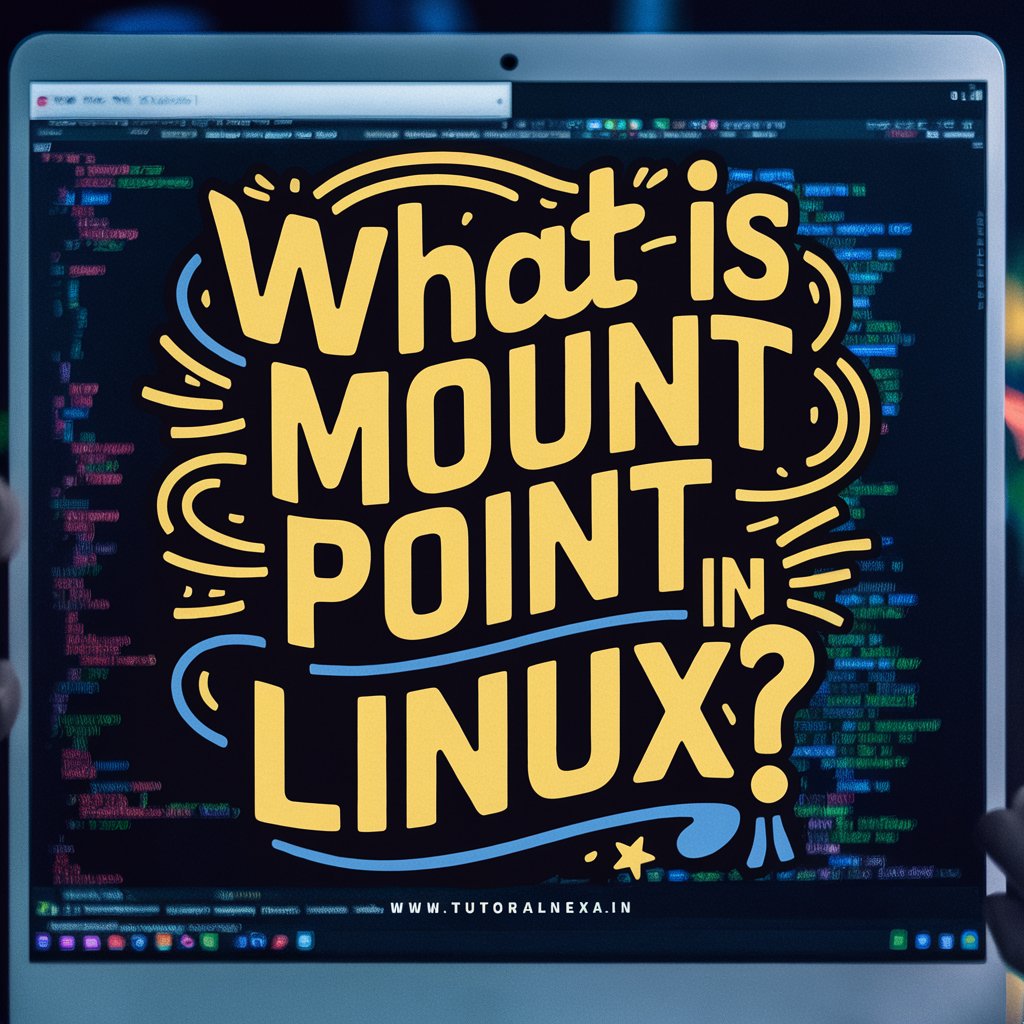Definition of Mount Point in Linux
A mount point in Linux is a directory where a storage device (like a hard drive, USB drive, or CD-ROM) is attached to the file system, so you can access its contents.
Example
Imagine you have a USB drive with photos. To access the photos from the USB drive on your computer, you need to “mount” the USB drive to a directory, such as /mnt/usb or /media/usb. After mounting, you can navigate to this directory and see all the photos stored on the USB drive.
Explanation in Points Form
What is Mounting?
- Mounting is the process of making a storage device available for use by the computer’s file system.
Mount Point Directory
- A mount point is simply a directory (like
/mnt/usb or /media/cdrom) where you attach the device.
Mount Command
- You use the
mount command to attach the storage device to the mount point. - Example:
sudo mount /dev/sdb1 /mnt/usb
Unmounting
- To safely remove the storage device, you use the
umount command to detach it from the mount point. - Example:
sudo umount /mnt/usb
Common Mount Points
- Common directories used for mounting are
/mnt and /media. - Example:
/mnt is often used for temporary mounts, and /media is used for automatic mounts like USB drives.
Permanent Mounts
- For devices you want to mount every time the computer starts, you can add them to the
/etc/fstab file.
Important Points for Examination
- Mount Point Definition: A mount point is a directory where a storage device is attached to the file system to access its contents.
- Mount Command: Used to attach a device to a directory.
- Unmount Command: Used to safely detach the device.
- Common Directories:
/mnt and /media are typically used for mounting devices. - Permanent Mounts: Use the
/etc/fstab file to automatically mount devices at boot. - Why Mounting is Important: It allows the system to access and manage files on different storage devices in a structured way.
Understanding these points ensures you can effectively work with storage devices in a Linux environment, making it an essential skill for system administration.




